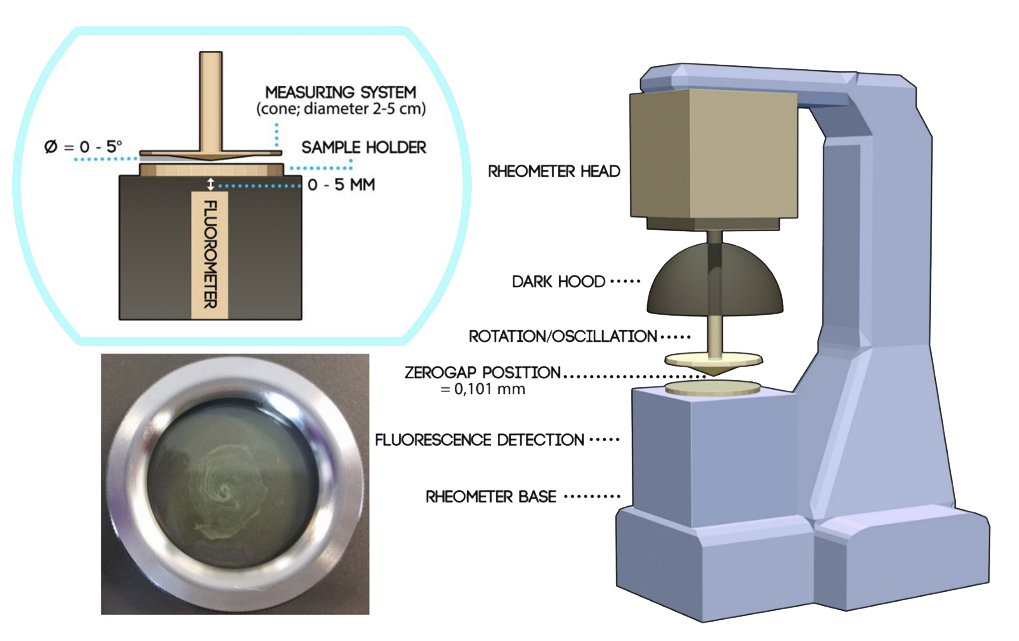Synapse is known as the inventor of calibrated thrombin generation, but we are also proud on the long list of new developments by the Synapse Innovation Team in the past few years.
Thrombin generation
Thrombin generation is a global hemostatic assay, which describes the formation and inactivation of thrombin in clotting plasma or whole blood. Synapse Research Institute is the inventor and patent holder of the Calibrated Automated Thrombinography (CAT) method, which allows quantitative assessment of thrombin generation.
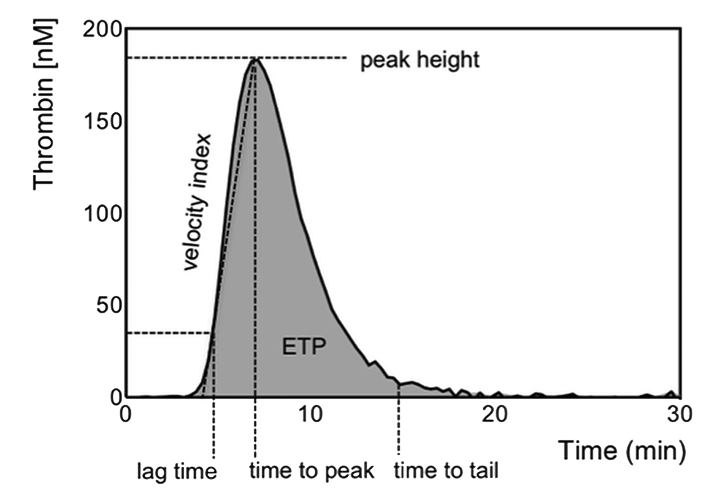
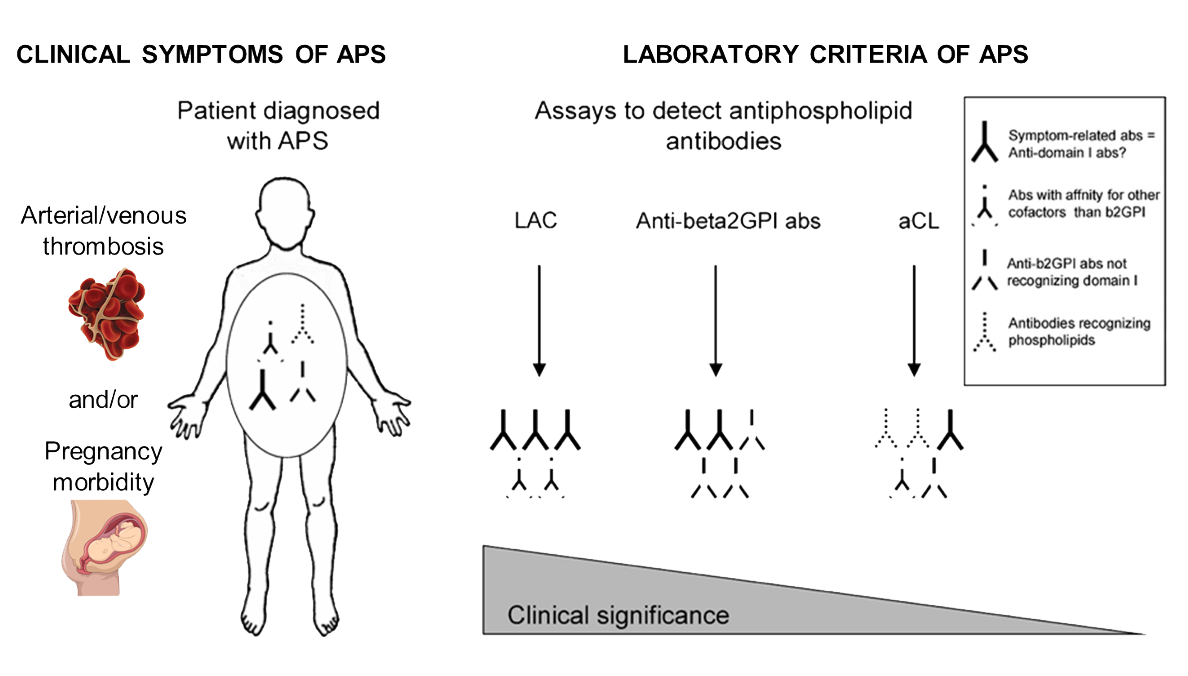
APS thrombin generation
The detection of anti-β2GPI and anti-cardiolipin antibodies for the diagnosis of the antiphospholipid syndrome (APS) is mainly done by quantitative endpoint assays. Taking into account that not all antibodies directed against β2GPI and cardiolipin/β2GPI are pathogenic, such non-functional assays will result in a relatively high false positivity.
Thrombin dynamics analysis
Calibrated thrombin generation is a global coagulation test and therefore measures the general physiologic function of the thrombotic hemostatic system. Thrombin dynamics analysis is an add-on computational method that is used to pin point changes in thrombin generation to either the pro- or anticoagulant pathway. This method is intended for research purposes only and can be applied to calibrated thrombin generation curves measured in Platelet Poor Plasma (PPP) or Platelet Rich Plasma (PRP).
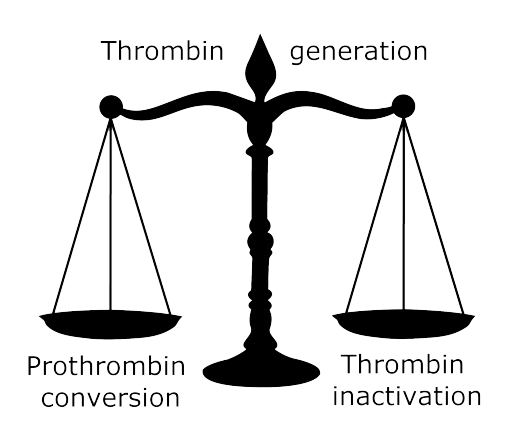
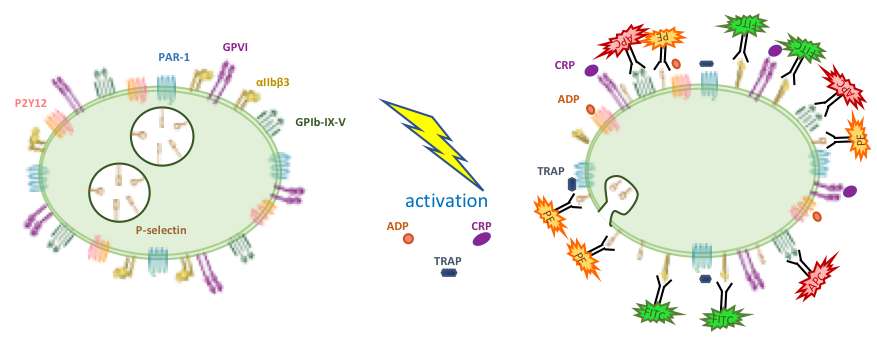
Platelet function
Synapse Research Institute developed a flow cytometry-based whole blood platelet activation test (WB-PACT) which measures platelet activation in response to a specific agonist. The test is optimized for (1) the GPVI agonist collagen related peptide (CRP), (2) the PAR-1 agonist thrombin receptor activating peptide (TRAP) and (3) the P2Y12 receptor agonist ADP. Simultaneously, the activation of GPIIb/IIIa and the expression of P-selectin on the platelet surface is quantified, correlating with the aggregation and granule release potential of platelets, respectively.
VWF function and activity
VWF is a multimeric glycoprotein that plays critical roles in hemostasis, as (1) a carrier for coagulation factor VIII and (2) a bridging protein between platelets and the endothelium at sites of vascular injury. The latter function depends on interaction between the VWF A1 domain and the platelet surface glycoprotein (Gp)Ib/IX/V receptor complex. This VWF-platelet interaction does not occur spontaneously but requires a conformational shift of VWF to expose the VWF A1 domain.
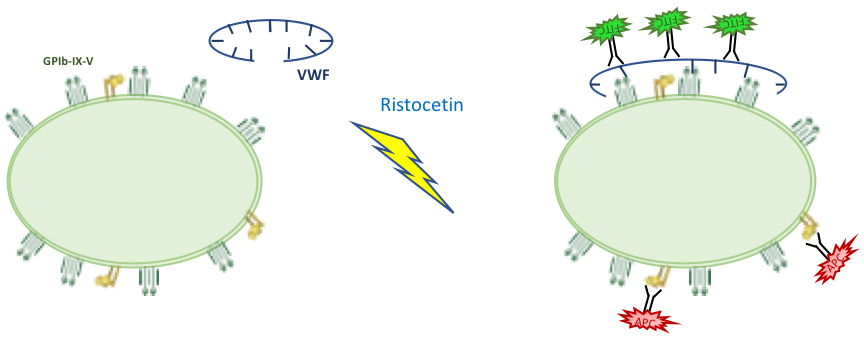
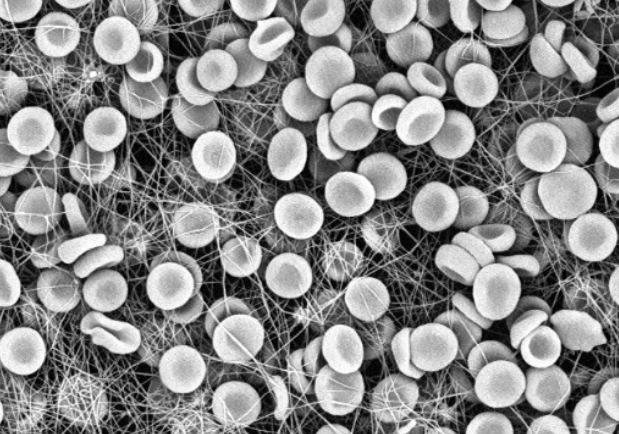
Haemostasis under flow
Research to study the interaction between platelets and coagulation requires a platelet rich environment without exogenous anti-coagulants. We have designed a dedicated flow chamber with a mixing device, to re-calcify citrate anti-coagulated blood under flow, just before the blood enters the reaction chamber.
Rheometer
Assays based on the formation of thrombin and fibrin are frequently used and results are considered exchangeable in research/clinical settings. However, thrombin generation and fibrin formation do not always go hand in hand and flow profoundly influences thrombus formation. We developed and validated an assay to simultaneously measure thrombin generation and fibrin formation under conditions of physiological flow.
